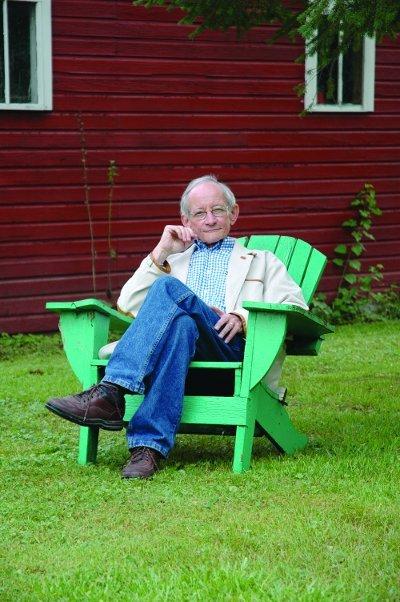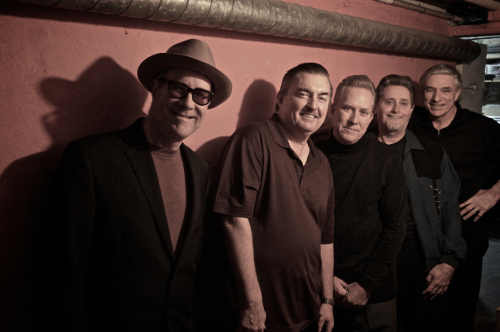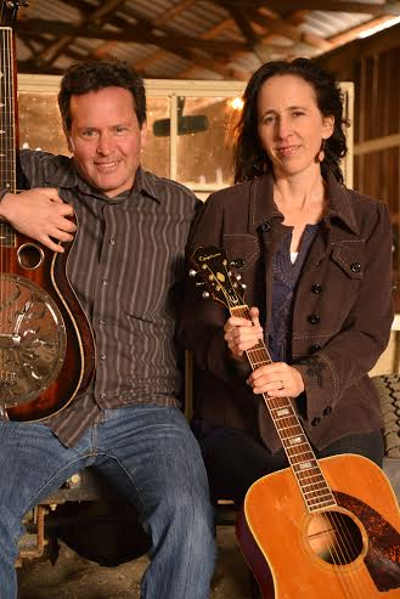Will Ferrell’s fake baseball documentary about the sport’s oldest rookie trying to play every position during Cactus League spring training games over the course of a single day is the sum total of HBO’s “Ferrell Takes the Field.”
The driving force of this one-hour special, aside from the comic actor playing out a grown man’s sports fantasy, is the worthy cause of HBO and Major League Baseball collaborating to raise money for organizations fighting cancer.
Ferrell’s fraternity brother at University of Southern California, Greg Pollard, suffered the devastating curse of cancer during his collegiate days when the promise of his athletic prowess on the baseball field was so unfortunately cut short before he could go pro.
Pollard makes a fairly brief appearance in “Ferrell Takes the Field,” as do a number of baseball luminaries. At least, Pollard gets to make a pitch for his charitable College for Cancer, which supports cancer survivors with college scholarships.
The HBO special has great intentions with its benevolent purpose, but the focus is almost exclusively on the comedic actor, even when he’s not trying to play all nine positions, plus the designated hitter.
As a fan of comedy, I may not be alone in thinking that Ferrell is not the funniest guy in America by any stretch of the imagination. In this special, it often appears that he’s striking a pose for what he may believe is comedic gold.
Others may disagree, but I would argue that, since “Old School” and the first “Anchorman,” many of his more recent films are not exactly stellar, or even all that funny. I mean, think of “Get Hard,” for one.
As a baseball fan of longstanding, I am actually a prime candidate to be interested in “Ferrell Takes the Field.” The reason for this is that I have attended spring training in Arizona for the past couple of decades, since the late 1980’s when only 8 teams played in the desert.
This annual trek to the desert during the month of March has allowed me to become intimately familiar with every single ballpark, of which there are now ten complexes that are the spring homes to a total of fifteen major league teams.
Therefore, I was curious as to how Ferrell would manage the logistics of visiting five ballparks in order to play on ten teams, allowing the opportunity to play at least for one complete inning per game.
By the way, Bert Campaneris, who makes an appearance in this special, was the real-life inspiration for the actor’s gambit to play every position.
On Sept. 8, 1965, Campaneris, in only his second major league season, went 0-for-3 playing all nine positions for the Kansas City Athletics in a game against the California Angels.
Nearly fifty years later, on March 12, 2015, Ferrell was aiming for the same feat, though doing it with ten teams on a rotation basis with little rhyme or reason. The first game was hosted by the Oakland Athletics, playing the Seattle Mariners.
Taking the field for Oakland, wearing a team jersey with the number 19, Ferrell managed to survive a half-inning before being traded mid-game to the Mariners. This was the pattern established for the remainder of the day.
One of the funnier things that happened is how Ferrell didn’t take it very well when he was cut by Oakland, and as a result, he engaged general manager Billy Beane, famous for “Moneyball,” in some nasty conversation, with an observation that serves as a nice gag during the roll of the end credits.
What’s a bit askew with Ferrell’s attempt to ingratiate himself, even if only for a brief moment, with his teammates is the palpable sense that many of the ballplayers were either not in on the joke, as many of them appear baffled, or maybe they were slightly bothered by this vanity project that detracts from the game.
That “Ferrell Takes the Field” is really about Ferrell and not the game itself is made obvious when the actor is schlepped from one ballpark to the next in a van full of crew members who have really nothing to say while Ferrell rambles on about his improbable journey.
You may wonder how he made it to five ballparks in a day. Well, for starters, the three day games are within easy driving distance, as the home for the Athletics, Angels and Diamondbacks are all located on the east side of the greater Phoenix area.
Meanwhile, the two night games, with Ferrell landing by helicopter on the field of the White Sox at Camelback Ranch, are held on the west side.
A nice touch in his final game with the San Diego Padres is when Ferrell dons a uniform with the number 20. The reason for this is a sign of respect for the late, great Padre Tony Gwynn, a Hall of Famer who, like Bert Campaneris, wore the number 19 during his career.
Unless you’re in the know about the Cactus League or just happen to be a not very selective Ferrell fan, “Ferrell Takes the Field” is not really a major league entertainment worthy of an hour of your precious time and could be easily skipped.
Tim Riley writes film and television reviews for Lake County News.











